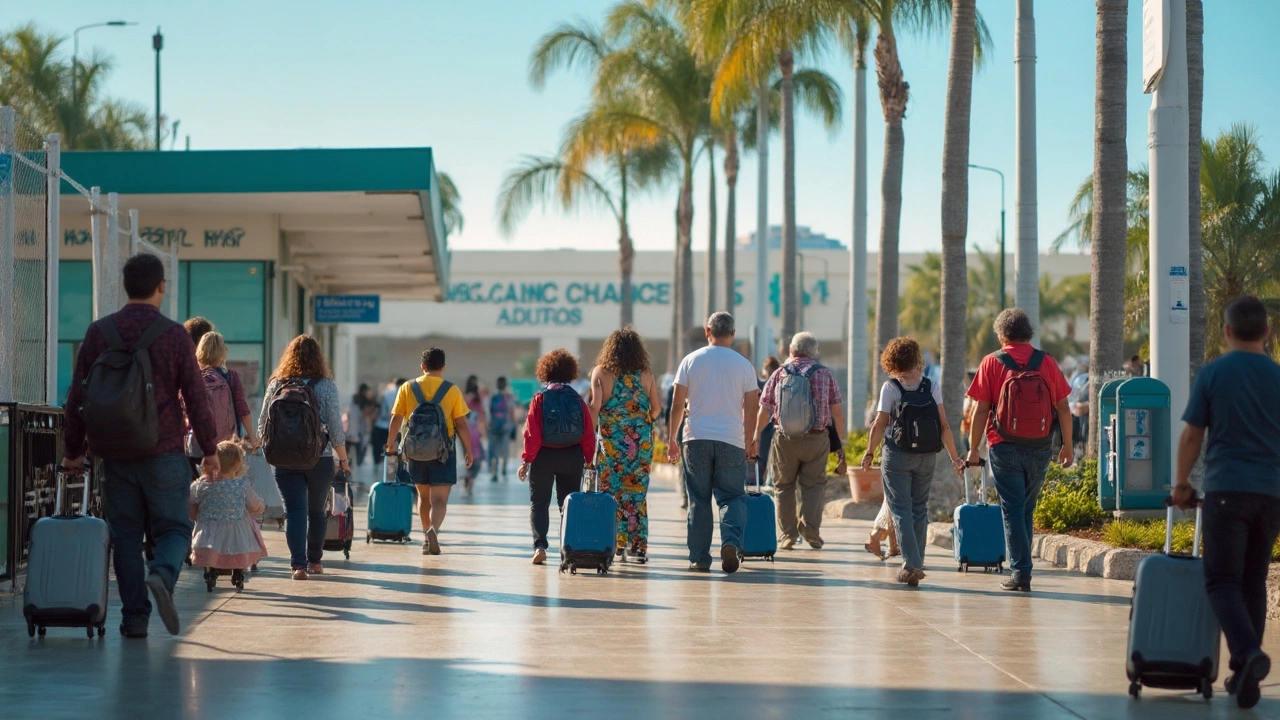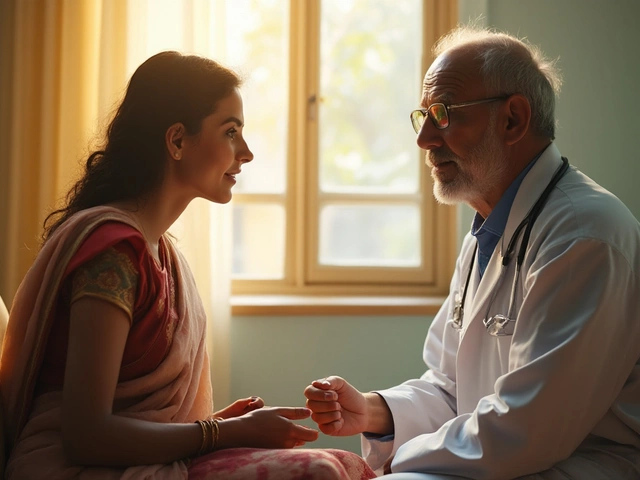Safe Healthcare Travel: Essential Tips for Healthy Trips
Planning a medical trip? Whether you’re chasing a specialist in another city or exploring affordable care overseas, safety should be first on your list. A few simple steps can turn a risky venture into a smooth, worry‑free experience.
Do Your Homework Before You Book
Start by checking the clinic’s credentials. Look for accreditation from recognized bodies such as NABH (India) or Joint Commission International. A quick Google search can reveal patient reviews, but focus on consistent patterns—repeated complaints about infections or billing surprises are red flags.
Ask the provider for a clear treatment plan, cost breakdown, and post‑procedure follow‑up schedule. If anything feels vague, request clarification or a second opinion. It’s better to spend a few minutes now than to face surprise complications later.
Manage Your Medications and Health Records
Bring a printed list of every drug you take, including dosage and timing. Some countries have strict rules about narcotics or certain antibiotics, so knowing what’s allowed can save you a trip to customs.
Ask your home doctor for a concise health summary—key lab results, allergies, and past surgeries. This helps the foreign team avoid dangerous interactions and gives them a quick snapshot of your health.
Don’t forget travel insurance that covers medical procedures abroad. Policies vary; make sure yours includes pre‑existing conditions if you’re undergoing treatment for a known issue.
When you arrive, verify that the facility follows standard hygiene practices: clean rooms, disposable instruments, and hand‑washing stations for staff. If you notice anything off, speak up immediately.
During your stay, keep a daily log of symptoms, medication times, and any side effects. This record becomes useful if you need to consult a local doctor after you leave.
After the procedure, ask for written discharge instructions in a language you understand. Details about wound care, activity limits, and warning signs can prevent readmissions.
Finally, plan your return trip with a buffer day or two. Flying too soon after surgery can increase the risk of blood clots, especially on long flights. If you’re unsure, ask your surgeon for a safe travel timeline.
Safe healthcare travel doesn’t require a PhD—just a bit of research, good organization, and clear communication. Follow these steps, and you’ll protect your health while getting the care you need abroad.

Medical Tourism in Mexico: Is It Really Safe for Healthcare Travel?
Is it really safe to travel to Mexico for medical care? This in-depth article clears up facts and myths about Mexico's medical tourism, dives into costs, safety tips, common risks, and what prompts thousands of Americans and Canadians to cross the border for healthcare. We’ll look at real stats, honest experiences, and practical advice for anyone considering surgery or dental work in Mexico.




